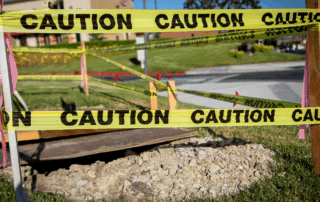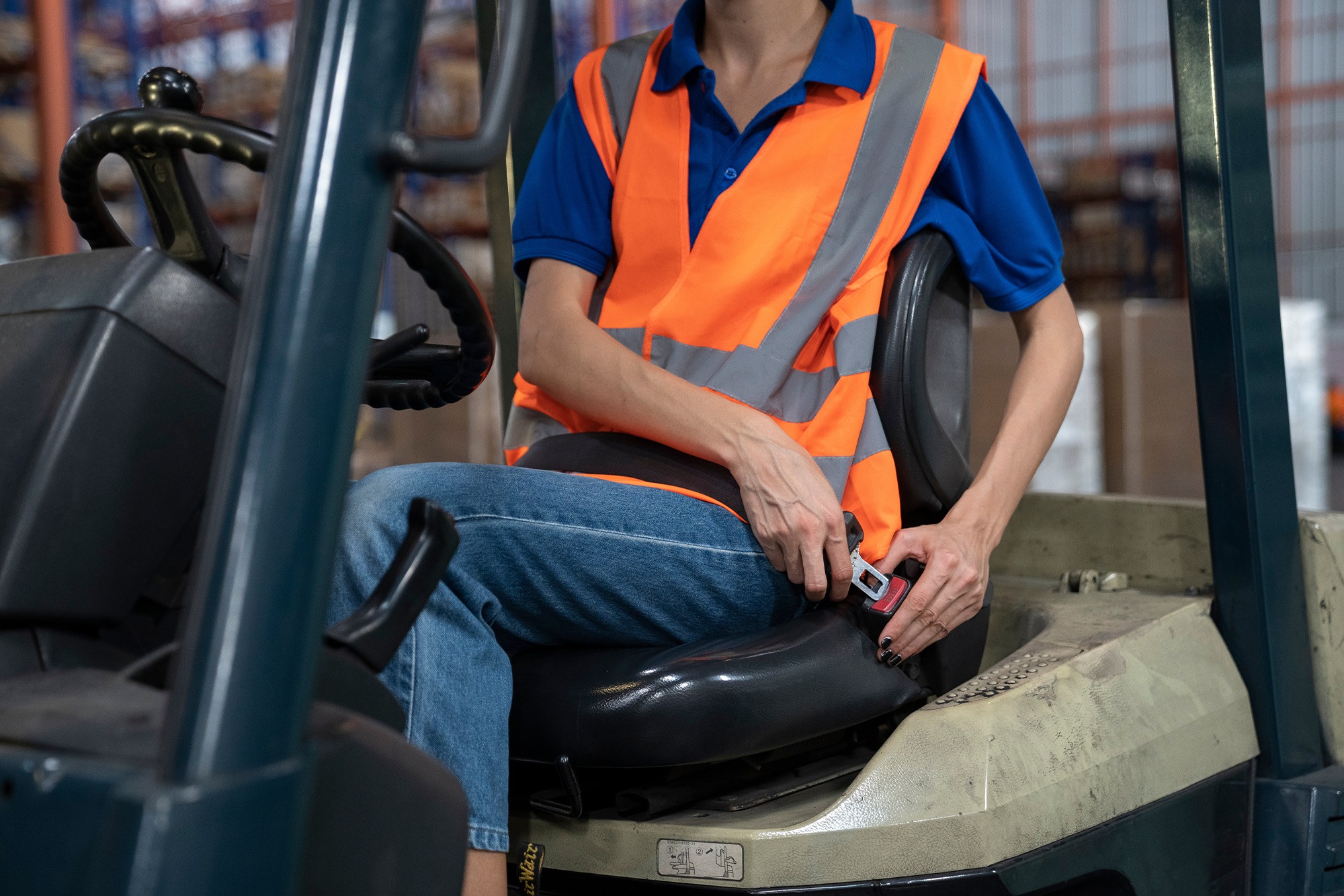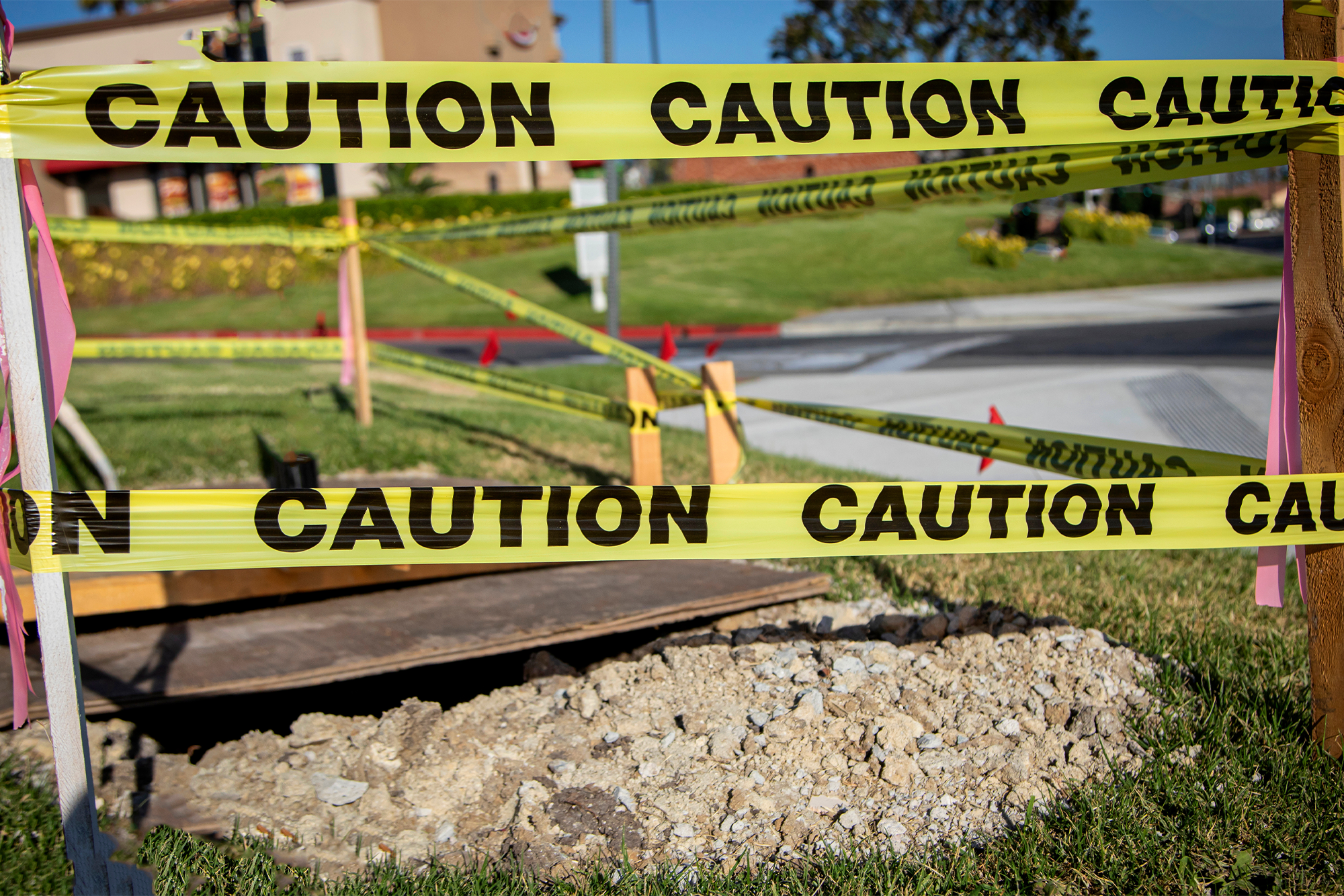SAFETY MATTERS – PROPERLY REFUELING SCHOOL-OWNED EQUIPMENT
Properly Refueling School-owned Equipment
Filling up a vehicle used for school trips or on school grounds may seem like an easy, mindless task, but it can be extremely dangerous if done incorrectly. Not only can improper refueling cause burns, fires or explosions, but the gasoline or diesel itself is also a hazardous substance with the potential for leaks and spills.
When refueling on school grounds or when stopping off-campus to fill up, make sure you are taking the right precautions to keep yourself, students and the equipment safe. Use these tips to ensure refueling does not result in an accident.
- Always concentrate on the task at hand. Do not try to complete other tasks while refueling.
- Stand by the tank so you can act quickly if something goes wrong.
- Do not refuel while smoking, while others are smoking or near any other open flames.
- Do not overfill the fuel tank—95 percent full is a good guideline for any type of vehicle or container.
- On hot days, allow room in the tank for the fuel to expand.
- If filling up on school grounds, do not refuel in areas with heavy vehicle or foot traffic.
- Do not refuel in areas that have the potential for spills or fuel ignition.
- Use only approved containers to hold fuel, and make sure they are stored in a safe place without the risk of ignition or being knocked over.
- After filling with a portable container, wipe it off and ensure the cap is secure and the air vent is tight.
When Refueling Vehicles:
- Make sure no students are around. Children’s heads could be at the same level as the gas tank which could result in dangerous fume inhalation. They could also get splashed with fuel, making them highly flammable.
- Turn off the engine and chock the wheels if there is a possibility the equipment or vehicle could roll.
- Do not top off the tank.
- Use only the hold-open latch provided on the pump.
Guidelines for Refueling Areas
- Clearly mark areas in the facility where refueling will occur to avoid the possibility of accidents, including spills or inadvertent ignition.
- Clean up all spills immediately. If you have to leave a spill unattended, mark off the area to reduce the possibility of slips.
- Make sure there is a fire extinguisher available in the area before you begin fueling and that you know how to use it.
- Keep the entire area unobstructed. Make sure other vehicles can enter and exit the area smoothly and that it is free of garbage and debris.
About the Author
Share This Story
Related Blogs
Commercial General Liability Insurance
Running a business comes with significant risk. Everyday interactions, such as serving customers, visiting clients or running marketing campaigns, can expose businesses to potential liability. A customer could slip on a wet floor, a contractor could accidentally damage a client’s property, or a marketing campaign could unintentionally harm the reputation of a competitor. Just one single liability incident can trigger an expensive lawsuit and have far-reaching consequences. Beyond potential settlement costs, legal defense costs—even if claims are found to be baseless—can quickly escalate into tens or hundreds of thousands of dollars. Furthermore, litigation can disrupt operations and undermine customer and stakeholder trust.
Mounting and Dismounting Forklifts
Forklifts play an important role in moving materials safely and efficiently in many workplaces. However, even a simple task like getting on or off a forklift can lead to serious injuries if not done correctly.
Employee Benefits Compliance Updates for 2026
As 2025 closes, several pressing compliance issues will shape your responsibilities in 2026. Updated PCORI fees, Affordable Care Act (ACA) reporting obligations, state-level mandates, and new federal requirements such as gag clause attestations are all on the horizon.





